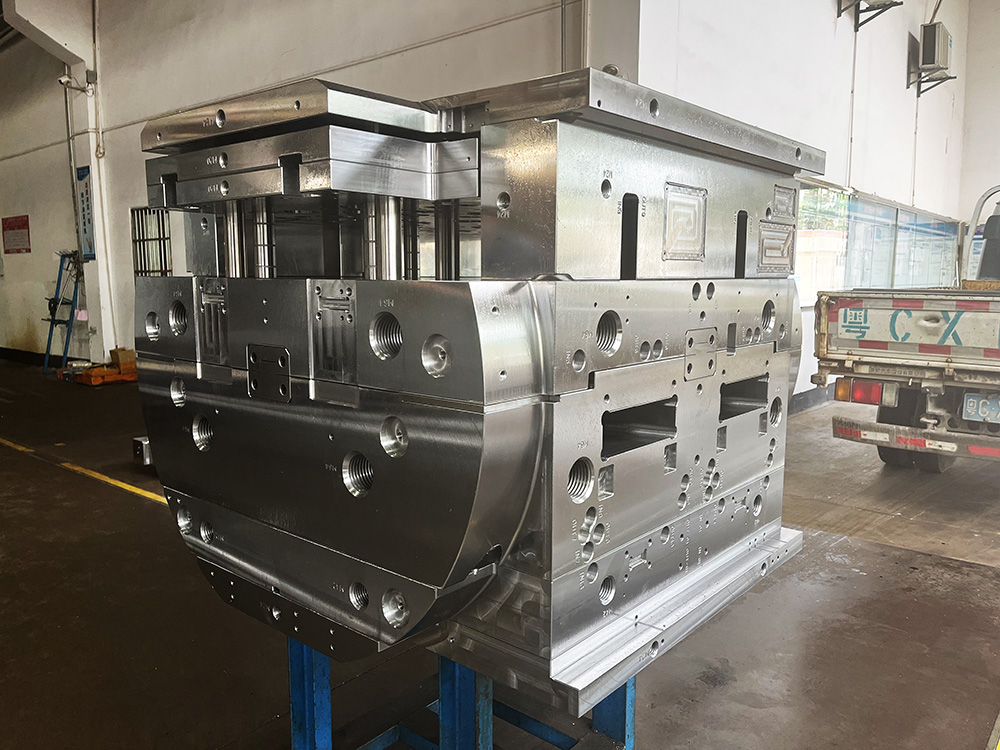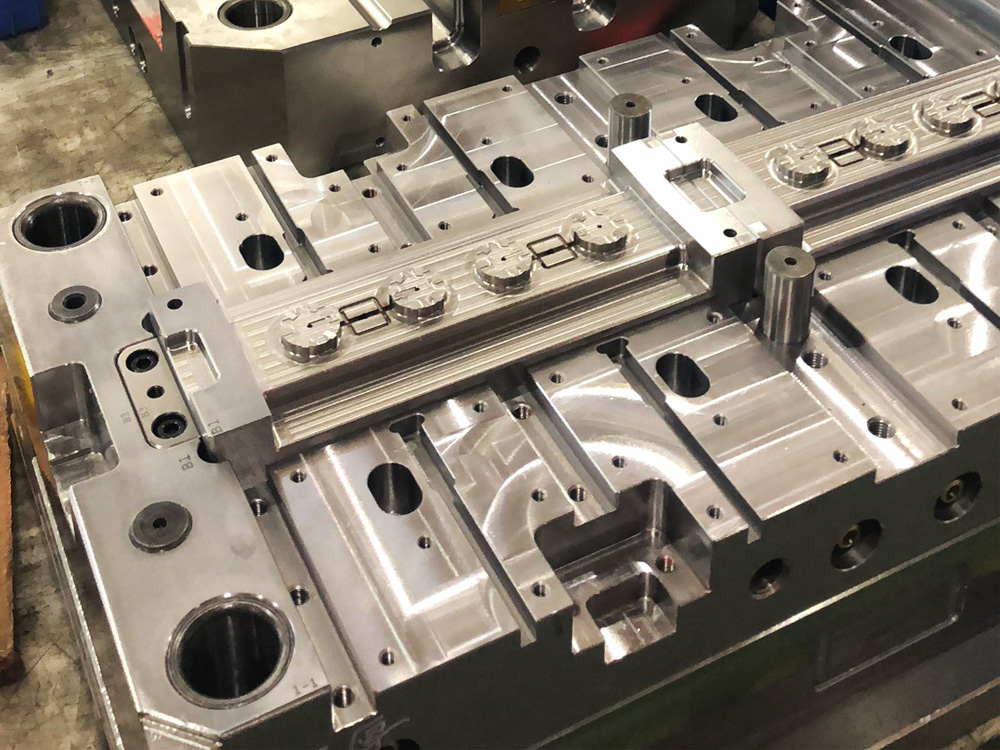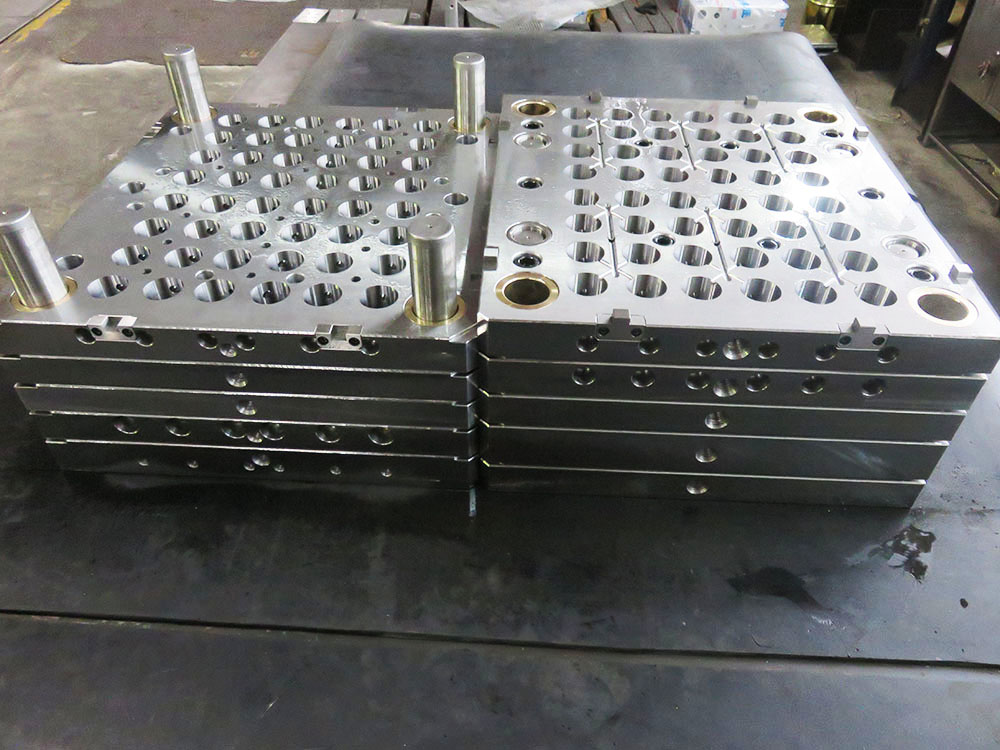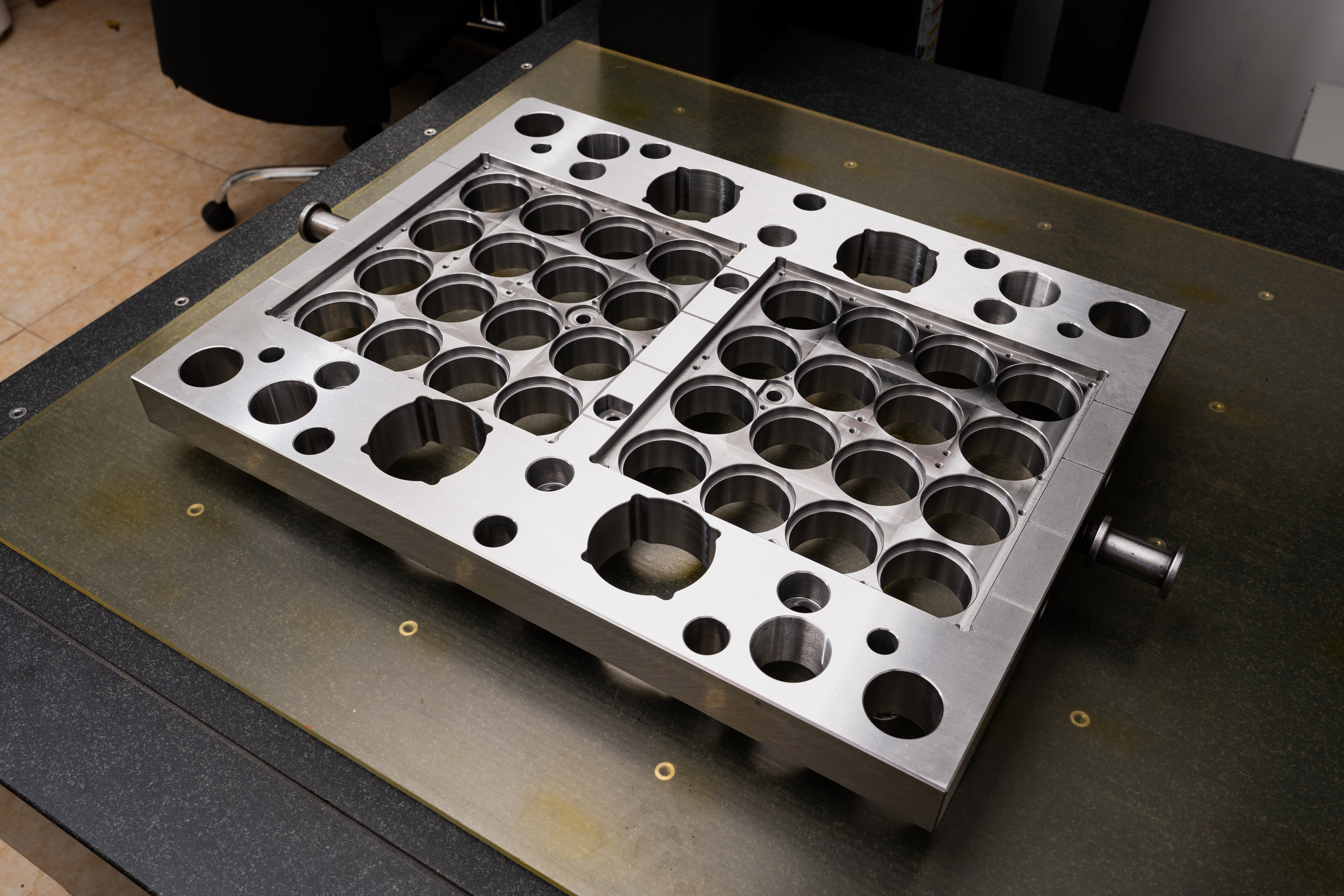Introduction
Gasket seals play a crucial role in the mold base industry, helping to ensure leak-free and efficient operations. Proper programming of gasket seals in the Unigraphics (UG) software is essential for accurate and reliable manufacturing. This article will provide a step-by-step guide on how to program gasket seals in UG, ensuring clear and professional content for the mold base industry.Step 1: Creating a New Part
Begin by opening the UG software and creating a new part file. Select the desired units of measurement and ensure that the part is set to the correct material properties according to the specific requirements of the mold base being manufactured.
Step 2: Defining Sealing Surface Geometry
Next, it is essential to define the sealing surface geometry accurately. Utilize the appropriate CAD tools within UG to create the desired shape of the gasket sealing surface. Pay close attention to the dimensions and tolerances as specified by the design requirements.
Step 3: Adding Gasket Seal Features
Once the sealing surface geometry is defined, it is time to add the gasket seal features. These features may include slots, grooves, or other structures necessary to accommodate the gasket material. Use UG's feature tools to create these features, ensuring they are precisely aligned with the sealing surface geometry.
Step 4: Defining Gasket Material Properties
To program gasket seals effectively, it is crucial to define the material properties of the gasket. Consult the material datasheet or contact the gasket manufacturer to obtain the necessary information, such as elasticity, hardness, and other material properties required for accurate programming.
Step 5: Applying Sealing Surface Finish
Applying the appropriate sealing surface finish is essential to ensure proper gasket performance. Utilize the UG software's surface finish options to accurately specify the required smoothness, roughness, or coating for the sealing surface. This step helps prevent leaks or damage to the gasket during operation.
Step 6: Verifying and Simulating Gasket Seal
Before finalizing the programming, it is crucial to verify and simulate the gasket seal design. Utilize UG's simulation tools to check for any interferences, misalignments, or potential issues that may affect the gasket's functionality. Make necessary adjustments until the simulation verifies accurate and reliable performance.
Step 7: Finalizing the Programming
Once the gasket seal design, features, material properties, and simulation are successfully completed, it is time to finalize the programming. Save the program files in an appropriate directory and ensure all necessary annotations or instructions are included for the manufacturing team to follow.
Conclusion
Programming gasket seals accurately in UG is vital for the mold base industry to ensure leak-free operations and efficient mold manufacturing. By following the step-by-step guide provided in this article, professionals in the mold base industry can accurately program gasket seals, leading to high-quality and reliable mold bases for various applications.




